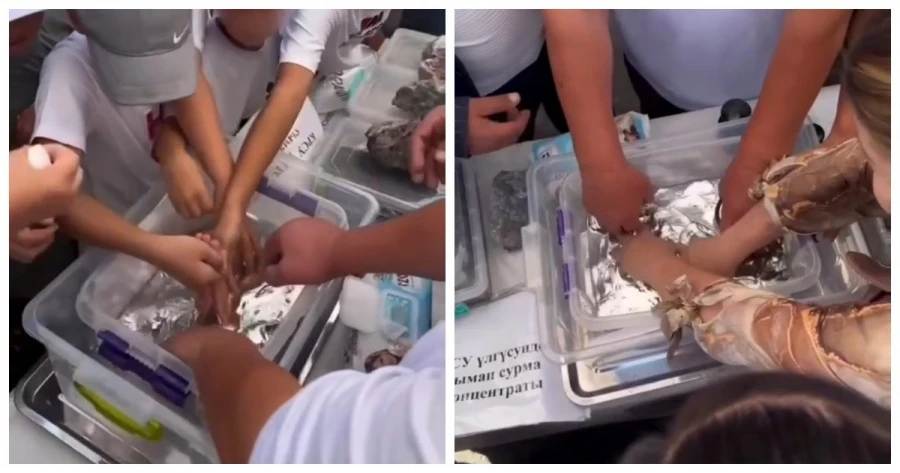- In what cases should parents consider massage for their child?
— Massage for children is not only a way to relax. It becomes necessary when parents notice a number of symptoms:
- frequent crying without an apparent reason;
- restless sleep with active movements at night;
- difficulties in holding the head up, turning over, or crawling by the expected age;
- strong muscle tension (hypertonia) or, conversely, weakness (hypotonia);
- delayed physical or speech development.
- What signals might concern parents?
— There are certain signs to pay attention to. If a child moves slowly, uses their arms and legs inactively, appears "lazy," or, conversely, is constantly tense, clenches their fists, and arches their back, this may be a cause for concern.
It is also important to note if a child starts holding their head up, sitting, or walking later than their peers.
In many cases, massage can effectively address these issues by improving circulation, the state of the nervous system, and sleep quality.
- What effect can be expected from massage?
— After several sessions, many children become calmer and more active, sleep better, and master new movements more quickly.
When massage is combined with speech therapy sessions, there is a positive impact on speech development, as the connection between the body's muscles and the muscles responsible for speech is very close.
- When is it optimal to start massage?
— The best age to start massage is from three months, but this also depends on the child's health condition. It is important that the massage is performed by a qualified specialist who understands the individual characteristics of each child.
- Can you explain what "valgus" and "varus" are?
— These terms describe incorrect foot shapes in children.
“Valgus” is characterized by the feet taking the shape of an "X," meaning the knees come together while the feet turn outward.
“Varus” is when the feet take the shape of an "O," with the knees spreading apart and the feet pointing inward.
- What causes can lead to these conditions?
— The causes can vary:
- weakness of the muscular and ligamentous systems;
- vitamin D deficiency (rickets);
- use of improperly fitted shoes;
- early onset of walking;
- possible congenital orthopedic issues.
- What signs should concern parents?
If a child's legs turn inward or outward while walking, and they wear out shoes only on one side, this is the first signal. It is also worth noting the child's rapid fatigue if they cannot stay on their feet for long and complain of tiredness.
- How can massage help?
— Massage is an important tool in combating "valgus" and "varus." It helps balance muscle tension and promotes proper joint positioning.
The combination of massage sessions, physical exercises, and proper footwear yields the best results.
- At what age should massage be started?
— It is recommended to start preventive sessions after three months. If signs of "valgus" or "varus" are observed, it is necessary to consult a specialist. Early intervention significantly increases the chances of successful treatment.









